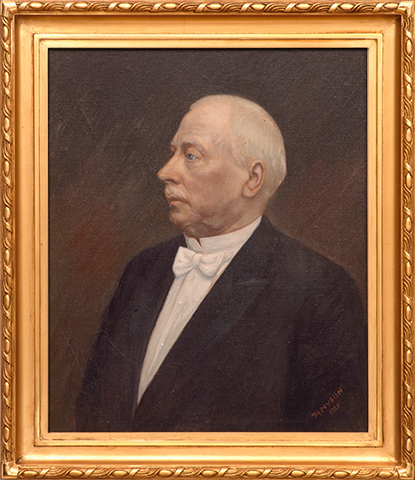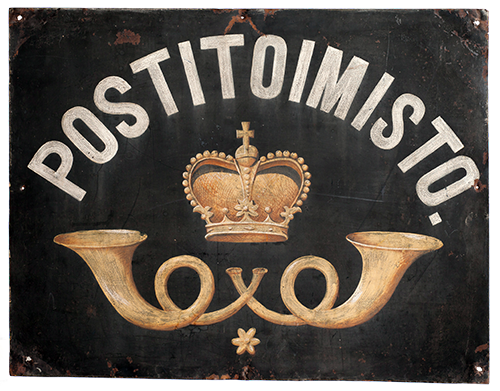



Artist: Th. Nyblin
The appointment of Jamalainen (1857–1931), a lawyer, was a surprise. In the politically difficult situation the country found itself in, the new Postmaster General could have been Russian. Jamalainen, born in Ingria, worked as an assistant in Governor-General Bobrikov's office and was fluent in Russian. He agreed to take the post in order to prevent a Russian official from being appointed. He was in a difficult situation, since Bobrikov pressurised him into censoring letters; he did, however, follow the orders to some extent. Jamalainen was accused of malfeasance when sacks of confiscated letters were found in the Postal Administration's attic in 1905. He was released from the charges in 1911. Most of the Postal Services employees were Finns during Jamalainen's directorship.
Jamalainen was a politically controversial person. His power was curtailed when the Postal Services were turned into a collegiate agency in 1918. Jamalainen resigned after his long-standing opponent John Wirkberg was appointed Director of Transportation in the agency.
